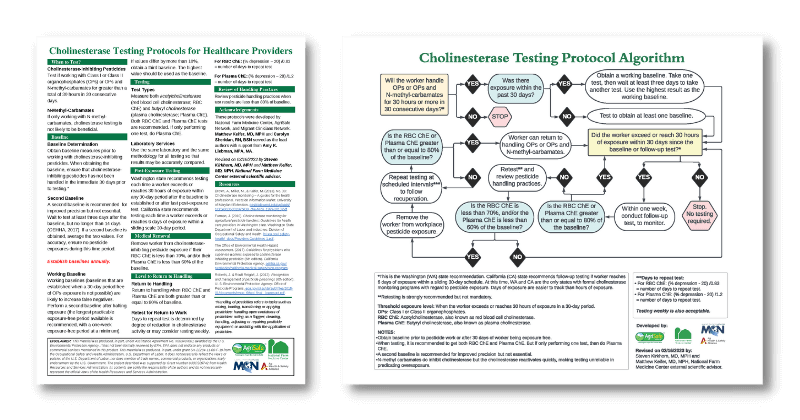Family Psychosocial Screening also assesses a number of other risk factors for developmental and behavior problems. These include frequent household moves, single parenting, three or more children in the home, less than a high school education, and unemployment. Four or more such risk factors including mental health problems and an authoritarian parenting style (observed when parents use commands excessively or are negative and less than responsive to child initiated interests) is associated with a substantial drop in children's intelligence and subsequent school achievement . In such cases, children should also be referred for early stimulation programs such as Head Start or a quality day care or preschool program.
PCMH Standard 2, Element C: Comprehensive Health Assessment, Factor 2: Practice conducts and documents a health assessment including family, social, cultural characteristics.
